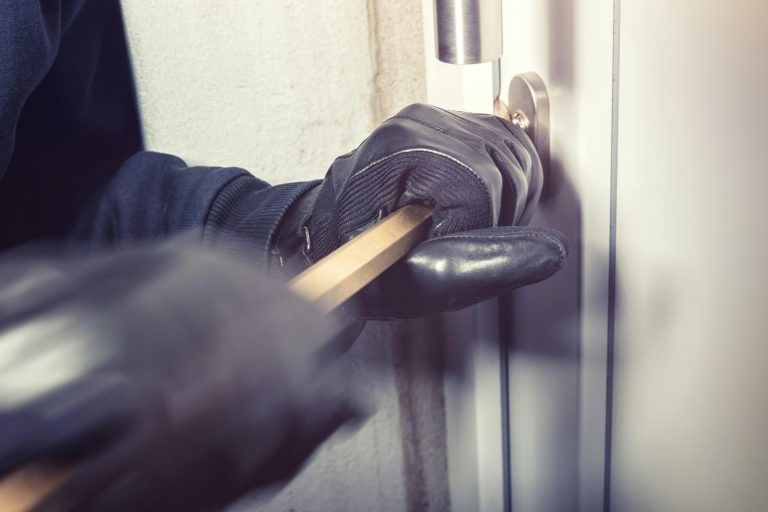What to Look for In Security Window Films

Window security films are available in a wide variety of options ranging from clarity to thickness and resistance abilities. Here are some things to look for when considering having a film installed. Thickness Thicker security window films are typically a…


